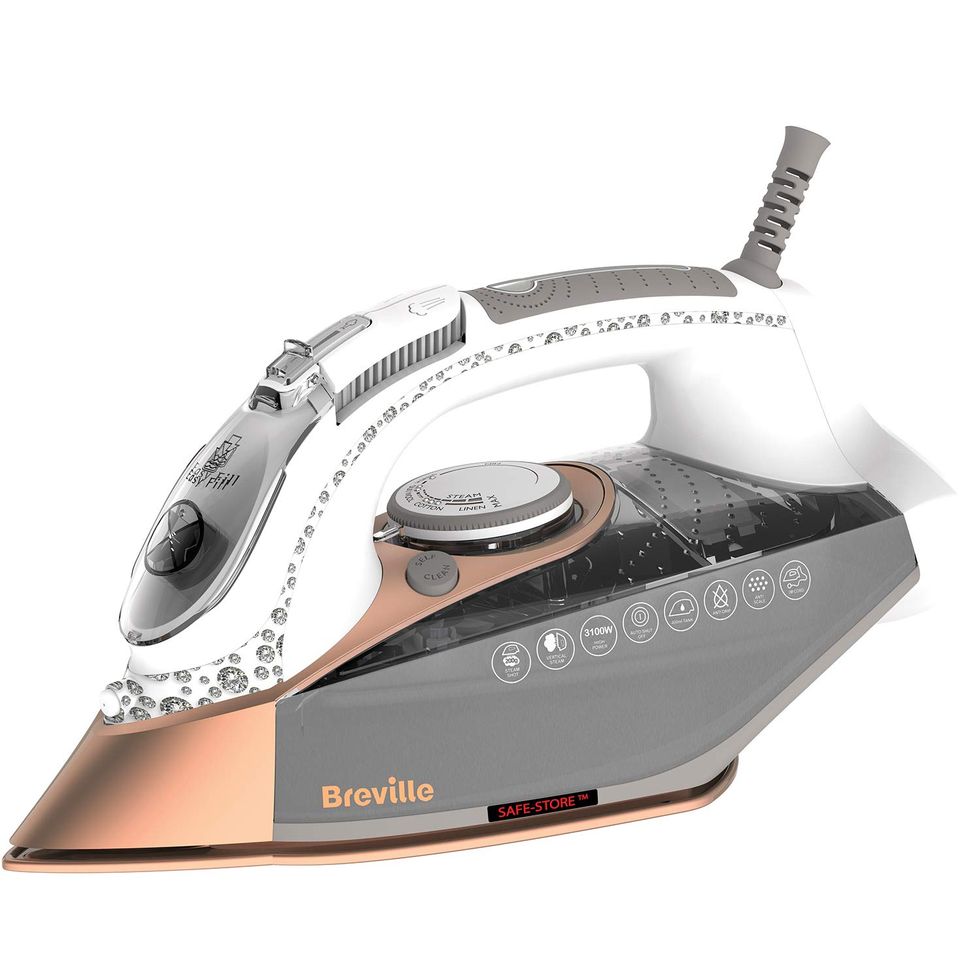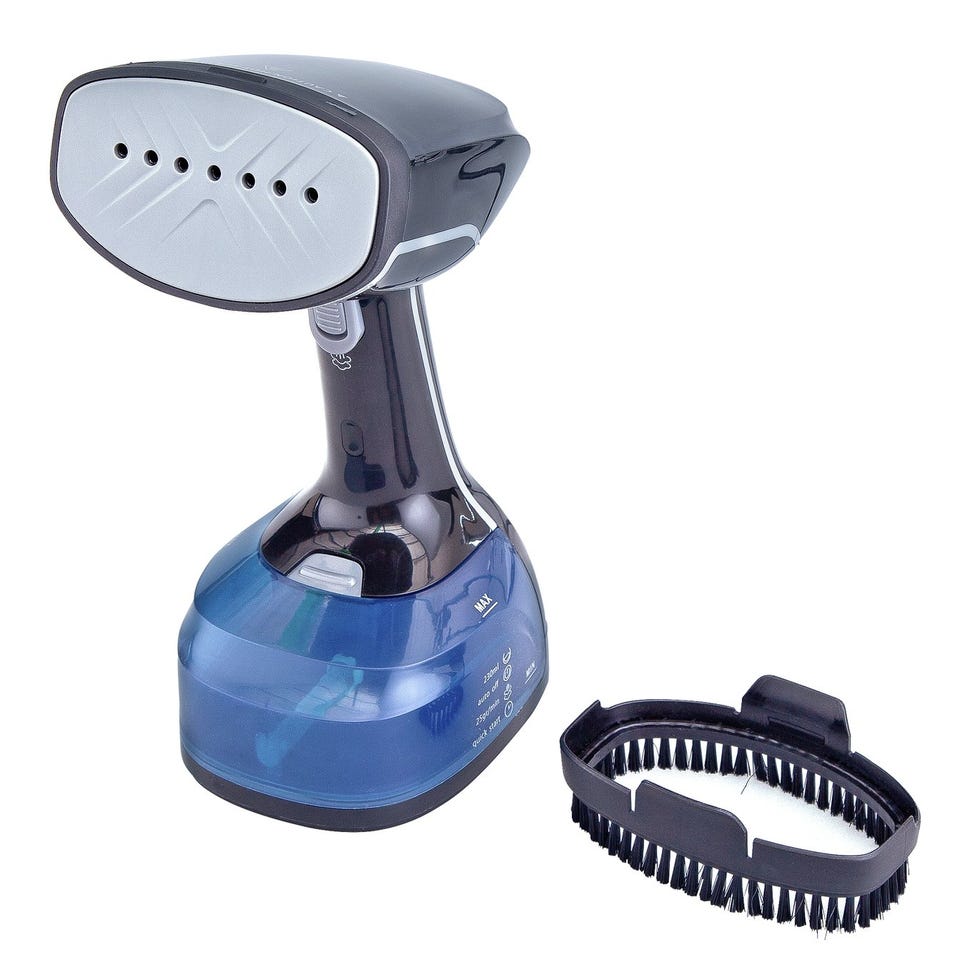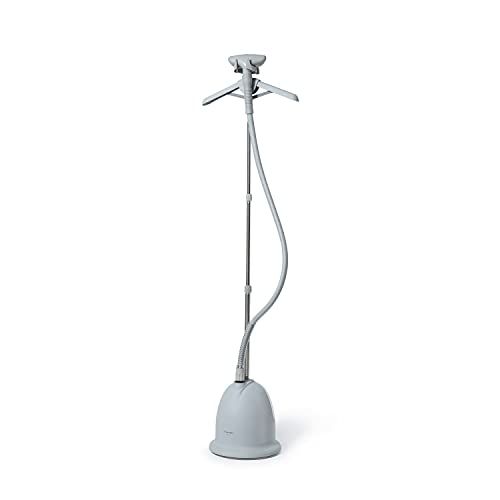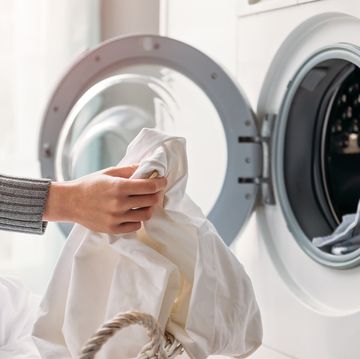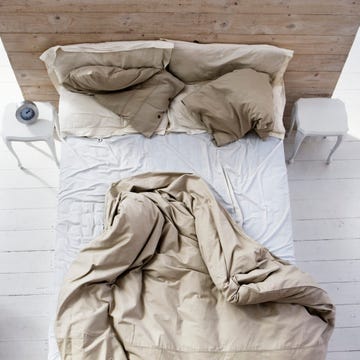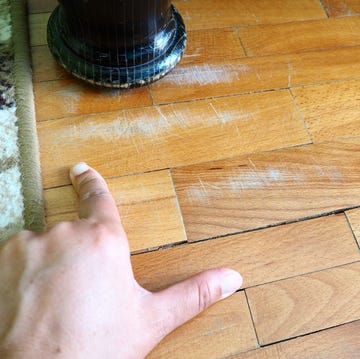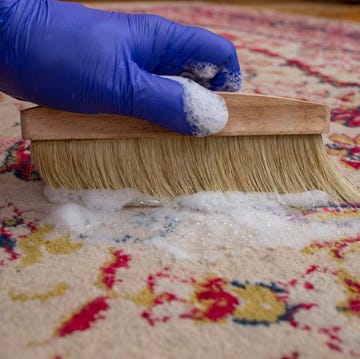‘I love to iron!’ said no one ever. In fact, in a recent survey to celebrate 100 years of the GHI, ironing was voted one of the most unpopular chores, with 16% saying they would have it done at the flick of a wrist if given a magic wand. So when an alternative was introduced – the fun and versatile clothes steamer (aka garment steamer), it’s no wonder sales rocketed.
But should you really hang up your trusted iron in exchange for a clothes steamer? That’s what we intend to find out. Here, we’ll list every pro and con and pit them against one another for the final showdown, so you know whether it’s worth making the switch or sticking with what you’ve got.
Before we continue, we’re talking about steam irons and handheld clothes steamers here rather than steam generator irons and upright clothes steamers. We’ll start with steam irons, as they’re the more traditional method.
Steam iron
Pros
1. Powerful – You can see the effects of a steam iron on creases instantly. Generally, wrinkles are removed with a single pass, while the added steam helps to relax the fibres.
2. Long-lasting – Steam irons usually hold about 300 to 400ml of water and supply a continuous steam pressure of 30 to 85 g/min. There’s also a steam shot for focused pressure, with outputs ranging from 130 to 260 g/min. In the GHI tests, the majority of steam irons lasted 15 to 20 minutes before needing to be refilled.
3. Adjustable heat settings – Traditional steam irons feature three temperature settings to suit different types of material. They correspond with care label instructions, with settings ranging from one to three dots – one for the lowest temp and three for the highest, although many designs now feature a one-setting-suits-all function, which adjusts itself based on the material.
4. Can reach into nooks and crannies – Thanks to the pointed design of the soleplate, a steam iron is quite handy for reaching into awkward spaces, such as in-between buttons and pressing out collars, with precision.
5. Ideal for smaller pieces of fabric – Small, lightweight items that are difficult to steam vertically, such as fabric belts, are easier to control and press flat with an iron.
6. Offers a steam shot – The steam shot releases a concentrated amount of steam to help release stubborn creases. Clothes steamers can come with a similar ‘boost’ feature, but it’s unlikely to offer as high a rate or pressure of steam.
Cons
1. Heavy and cumbersome – The average steam iron weighs 1-2 kg. While that doesn’t sound like much, it will take a toll on your shoulder with continuous use. While steam generator irons are much larger, the base holds the tank, so the iron in itself is much lighter when comparing the two.
2. Can potentially burn your clothes – Perhaps the material couldn’t handle the heat or there was a momentary lapse of attention. Some steam irons do come with an automatic shut-off if left horizontally without movement for 30 seconds, though.
3. Not suitable for delicates – While the one dot setting is a low temperature, some items have ‘do not iron’ on the care label. It may feature embellishments that make ironing impossible or the material may be deemed too delicate for the iron. But a garment steamer could work as an alternative for such items, unless specified otherwise by the care label.
4. More of a safety hazard – Steam irons are often balanced on a wobbly ironing board and take a long time to cool down after use.
5. More difficult to store – Factoring in the ironing board, you generally need more storage space for an iron, especially a steam generator iron.
6. Needs descaling – Your steam iron will need descaling occasionally to clear it of limescale. There may be a self-clean or ‘anti-calc’ system you can use. Alternatively, if the manufacturer allows, you can use vinegar to descale it; instructions can be found in our guide on how to clean an iron.
7. Not ideal for travel – Steam irons are bulky and heavy.
Clothes steamer
Pros
1. Better for delicate fabrics – Because clothes steamers don’t pack such a punch, they’re generally better suited to delicates. Even embellished items can be turned inside out and steamed (unless it uses adhesives).
2. Generally quick to use – Although this does depend on the fabric. Lightweight, fine fabrics such as silk and nylon will release creases very quickly, often taking a single pass. But heavier fabrics will likely require longer with a few passes.
3. Lightweight – Handheld clothes steamers generally weigh less than one kilogram and won’t take such a toll on your arm.
4. Comes in handy for travel – Handheld clothes steamers are ideal for on the move, especially if they feature a foldable design.
5. Different settings available – Like steam irons, some handheld clothes steamers feature a continuous steam setting to save you holding down the trigger. Other designs also feature delicate and turbo settings to vary the steam output. This makes them especially versatile as they’re suited to delicate items in the first place.
6. Not as damaging to your clothes – With less heat and pressure applied, clothes steamers are naturally less degrading to the fabric. They won’t leave it feeling crisp and stiff, as the iron and tumble dryer sometimes can.
Cons
1. Not ideal for heavier fabrics – As mentioned in the pros, handheld clothes steamers aren’t as efficient at removing wrinkles from heavier fabrics, such as cotton and linen, so it will take longer than a steam iron to achieve the desired look.
2. Easy to burn yourself – Unless your clothes steamer comes with a protective glove, it’s easy to catch yourself with the steam, particularly if you’re steaming a smaller item or trying to reach an awkward area.
3. Can’t reach into nooks and crannies – The head of a clothes steamer isn’t ideal for reaching awkward spots, like in-between buttons, or underarms, and it won’t have the same power as a steam iron to press collars flat.
4. Tricky to use on smaller, lightweight items – The steam can push the item away and fail to get close enough to steam it.
5. You need somewhere to hang items – While the steam iron needs an ironing board, the handheld clothes steamer requires somewhere to hang the item. The back of a door can work, but you need to make sure the surface won’t take damage from the moisture.
6. Needs descaling – Just like the steam iron, your clothes steamer will need descaling with regular use. Follow the instructions on how to do this, which may or may not advise using distilled white vinegar.
7. Not as long-lasting on a single tank – Unless you opt for an upright model, handheld clothes steamers usually won’t last as long as steam irons. They have a reduced water tank (about an average of 70 – 250ml), although the steam output is generally lower (between 15 – 30g/min), so it does depend on the model in question. Some are advertised to last for up to 15 minutes. But on test, the GHI has seen one empty its water tank in less than 5 minutes.
Verdict
Irons are more powerful; there’s no question about that. The high heat and pressure of the soleplate makes it the stronger option for pressing out creases from cotton and linen. However, when it comes to more delicate, lightweight fabrics, like silk and nylon, handheld clothes steamers are certainly the easier option of the two. They’re lightweight, speedy and less liable to damage the material.
So it comes down to what you’re ironing. If you have to work through a pile of cotton shirts each week, a steam iron will whip through them much quicker, with pristine results on the collar and cuffs. But if you’re often wearing floaty summer dresses or travel a lot to attend formal events, the handheld garment steamer is going to be the better option.
And don’t forget, if you want to increase the power and longevity of each, there are always steam generator irons and upright clothes steamers to consider.






